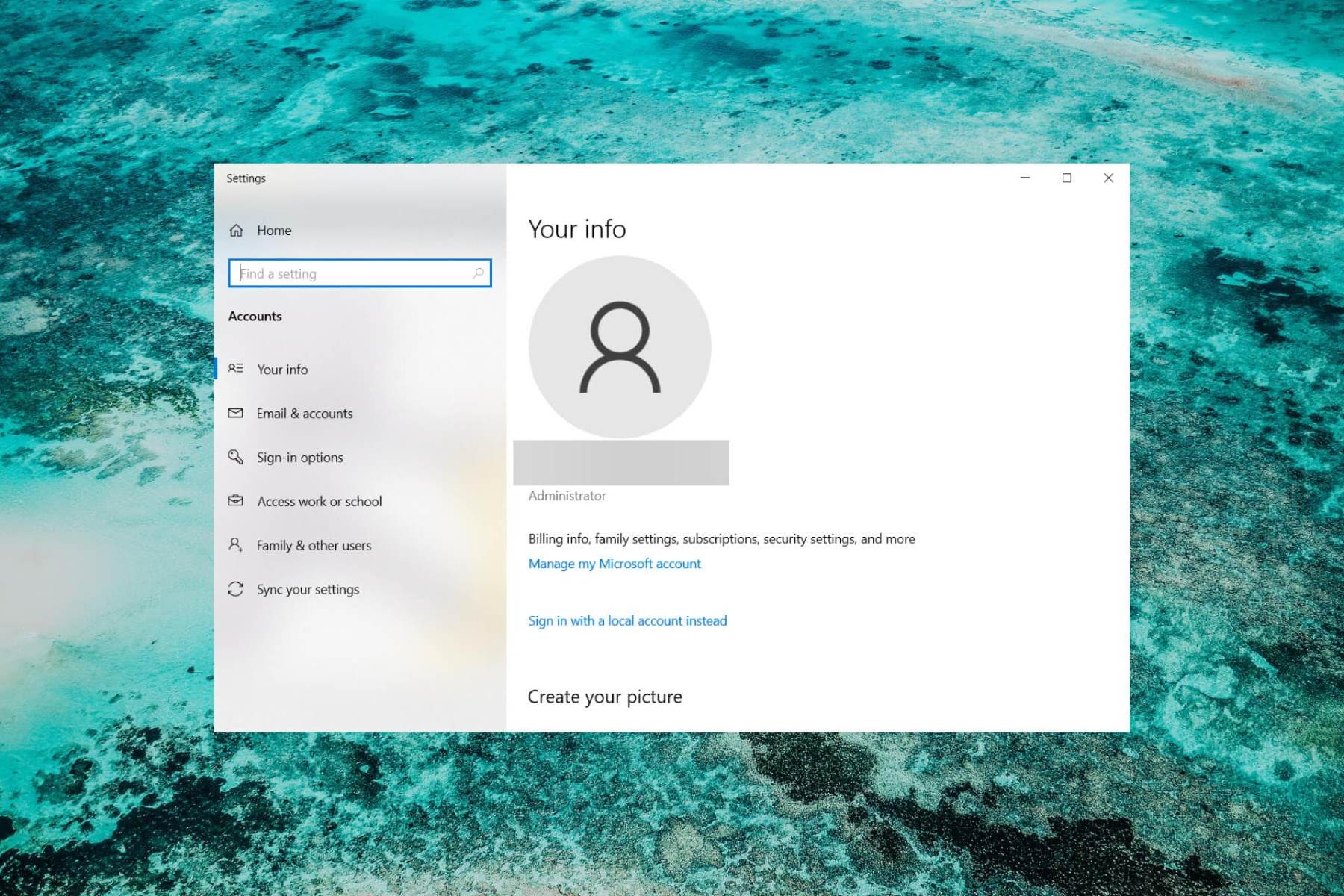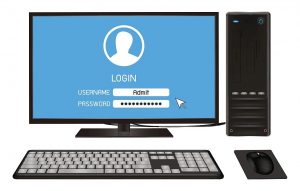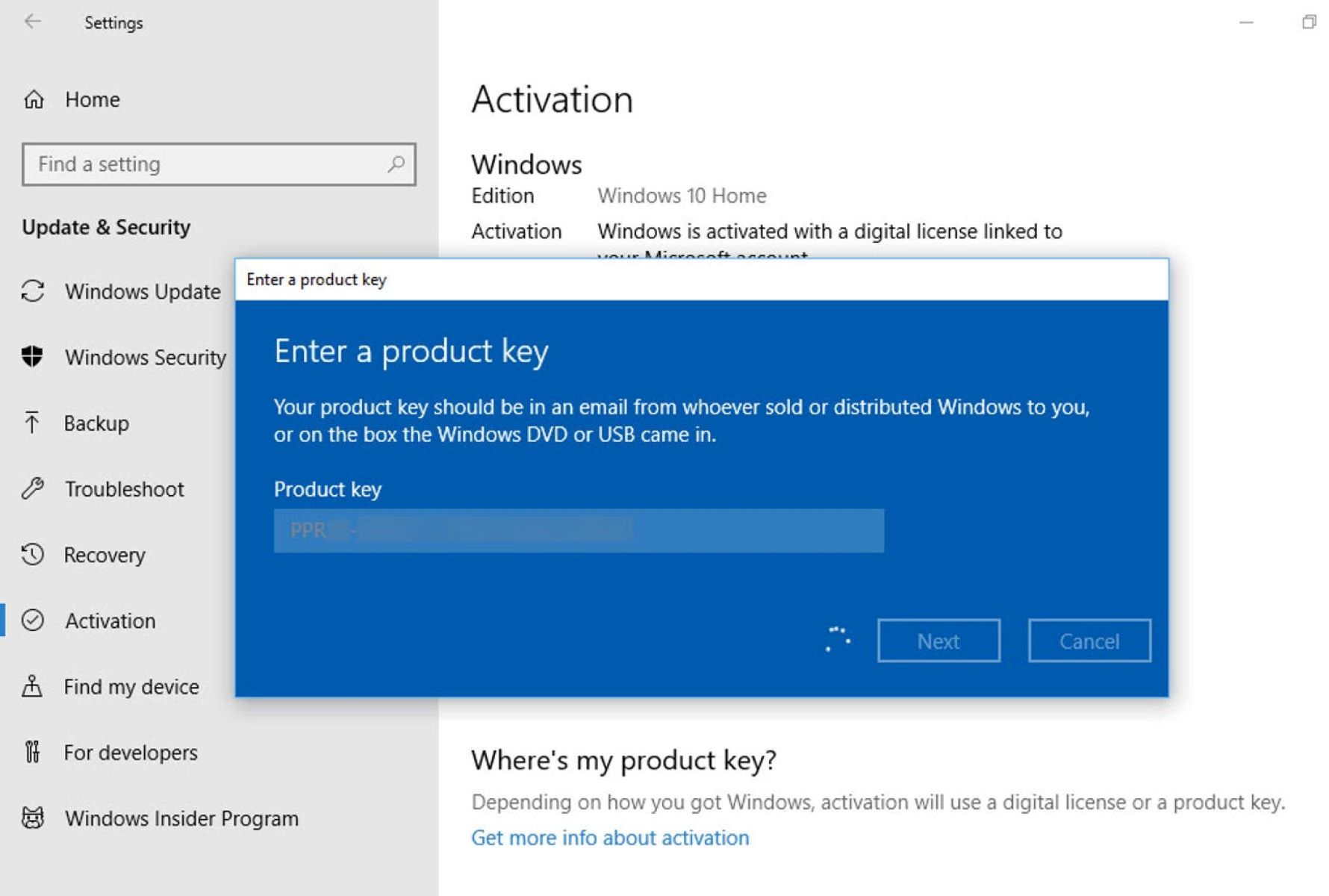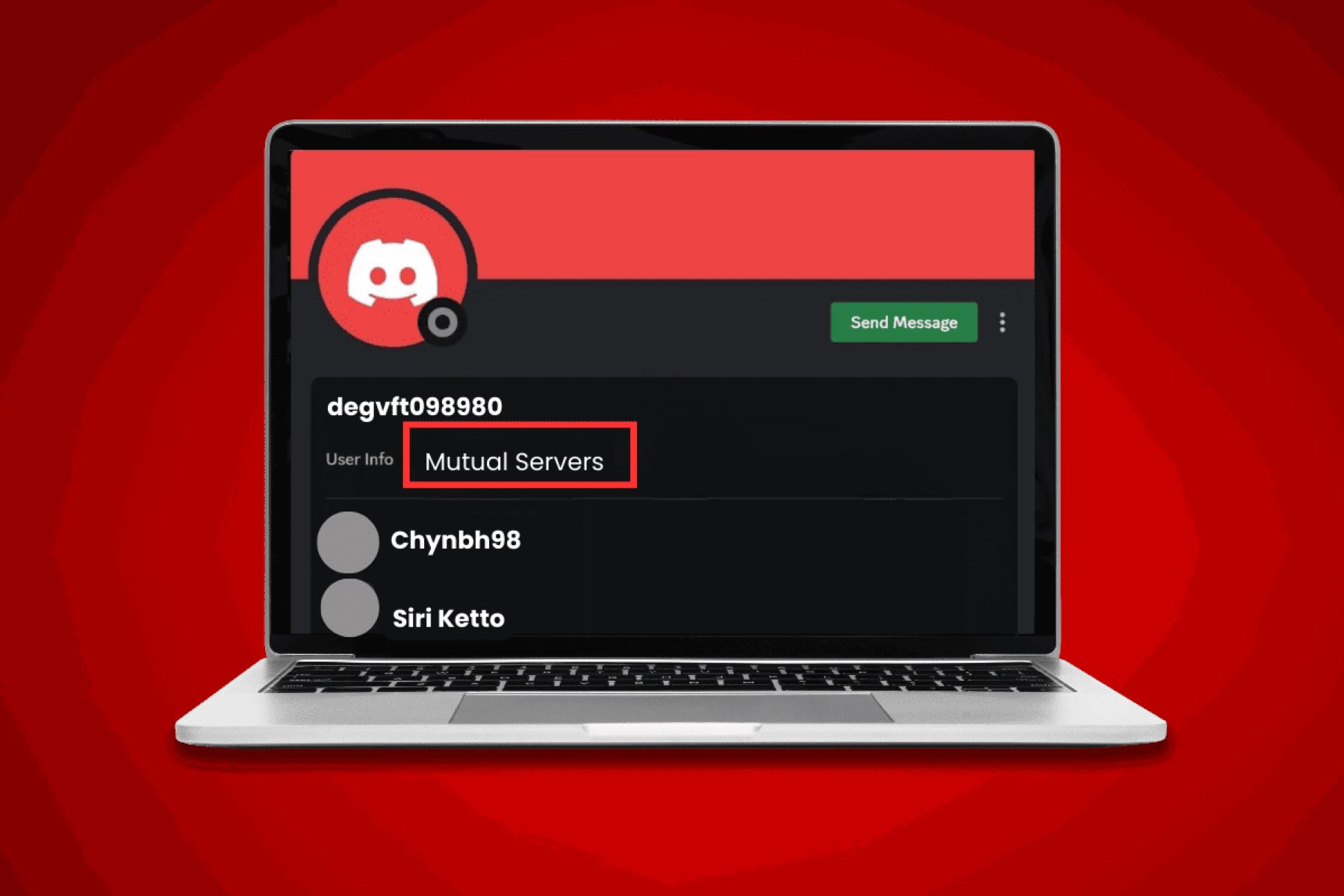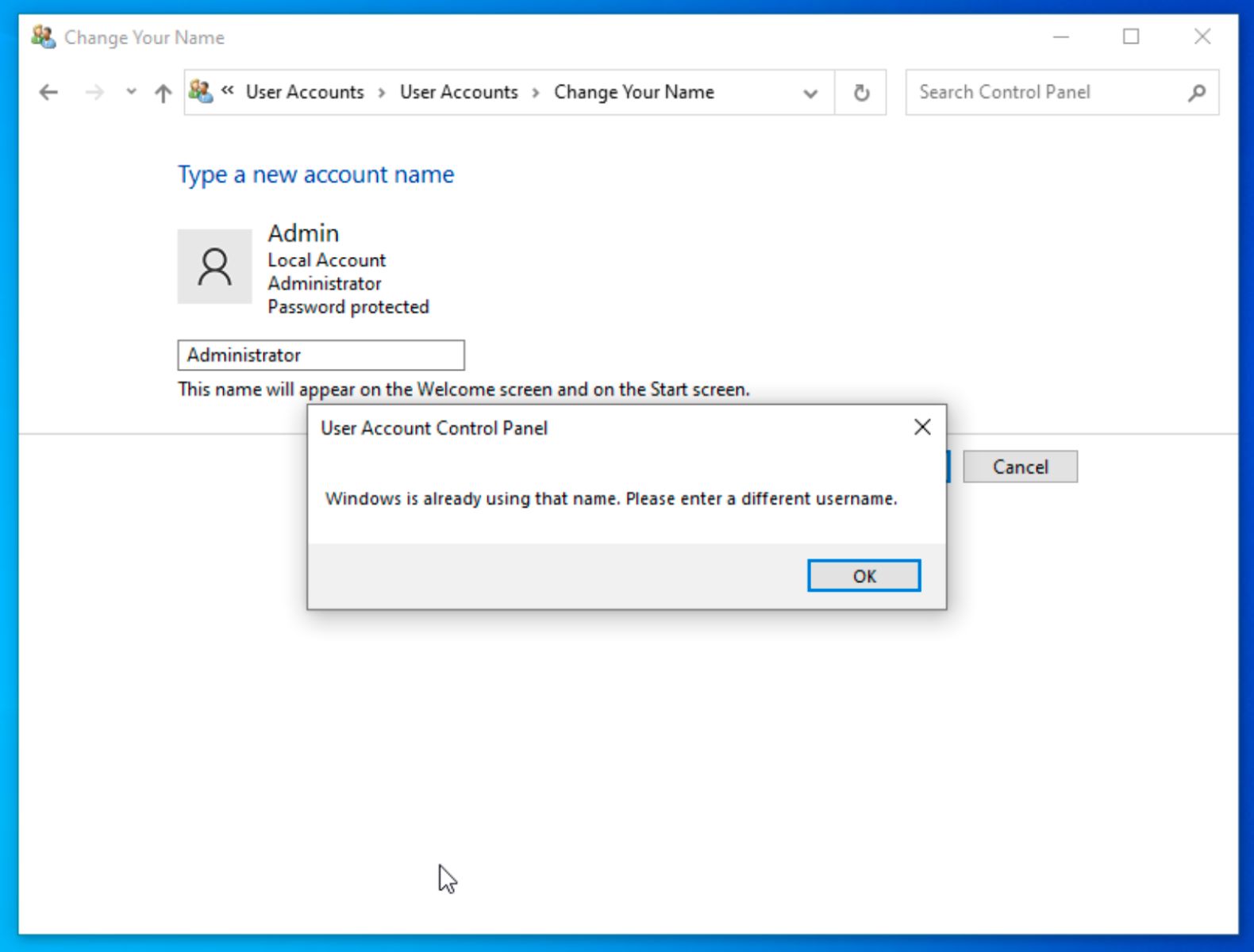Introduction
Logging in as an administrator on Windows 10 grants you access to various advanced settings and system configurations that are normally restricted to regular user accounts. Whether you need administrative privileges to troubleshoot a problem, install new software, or make system changes, knowing how to log in as an admin on Windows 10 is an essential skill for any user.
In this article, we will explore four methods that allow you to log in as an administrator on Windows 10. These methods include using the local administrator account, utilizing the command prompt, enabling the built-in administrator account, and using a password reset disk. Each method offers different approaches to gain administrative access, and you can choose the one that suits your needs the best.
Remember that administrative access should be used responsibly and only when necessary. Altering system settings without proper knowledge can lead to unintended consequences or even system instability. Always exercise caution and make sure you have a backup of important files before making any changes.
Now, let’s explore each method in detail and learn how to log in as an admin on Windows 10 using these different approaches.
Method 1: Using the Local Administrator Account
One of the most straightforward ways to log in as an administrator on Windows 10 is by using the local administrator account. This account is created during the initial setup of Windows and has full administrative privileges. Here’s how you can access it:
- On the Windows 10 login screen, click on the “Other user” option.
- Enter “Administrator” as the username and leave the password field blank. Then, press Enter or click on the arrow button.
- If the local administrator account is enabled, you will log in successfully, granting you full administrative access. If the account is disabled, you can try other methods mentioned in this article.
It is important to note that the local administrator account is usually hidden by default. To ensure its visibility, you may need to make some changes to your account settings. This method is useful when you have prior knowledge of the local administrator account credentials or if it was enabled before.
Keep in mind that logging in as an administrator using this method should be done with caution. With great power comes great responsibility, and making changes without proper knowledge can have adverse effects on your system’s stability or security.
Method 2: Using the Command Prompt
Another method to log in as an administrator on Windows 10 is by utilizing the Command Prompt. This method requires some knowledge of command-line operations but can be a powerful way to gain administrative access. Here’s how you can do it:
- Start by opening the Command Prompt. You can do this by searching for “Command Prompt” in the Windows search bar and selecting it from the list of results.
- Right-click on the Command Prompt icon and choose the “Run as administrator” option. This will launch the Command Prompt with administrative privileges.
- In the Command Prompt window, type the following command and press Enter:
net user administrator /active:yes. This command activates the built-in administrator account. - Now, on the login screen, you should see an additional account labeled “Administrator.” Click on it to log in.
Using the Command Prompt to log in as an administrator provides you with direct access to the administrative privileges, allowing you to perform system modifications and configurations. However, as with any method that involves administrative access, it is crucial to exercise caution and be knowledgeable about the changes you are making to avoid any unintended consequences.
Once you have completed your administrative tasks, it is recommended to disable the built-in administrator account again using the Command Prompt. To do this, follow the same steps mentioned above and use the command net user administrator /active:no. This will deactivate the account to maintain the security of your system.
Method 3: Enabling the Built-In Administrator Account
Enabling the built-in administrator account on Windows 10 is another method to log in as an administrator. This account is disabled by default but can be activated if necessary. Here’s how you can enable the built-in administrator account:
- Open the Command Prompt as an administrator. You can do this by searching for “Command Prompt” in the Windows search bar, right-clicking on it, and selecting “Run as administrator.”
- In the Command Prompt window, type the following command and press Enter:
net user administrator /active:yes. This command activates the built-in administrator account. - Once the command is executed successfully, you can close the Command Prompt window and log out of your current user account.
- On the Windows login screen, you should now see the newly enabled “Administrator” account. Select it to log in as an administrator.
Enabling the built-in administrator account provides you with full administrative privileges on Windows 10. However, it’s important to exercise caution and use this account responsibly. Make sure to disable the account when you no longer need administrative access to maintain the security of your system.
To disable the built-in administrator account, repeat steps 1 and 2 from above, but this time use the command net user administrator /active:no. This will deactivate the account and remove it from the login screen.
Method 4: Using the Reset Disk
If you have previously created a password reset disk for your Windows 10 account, you can use it to log in as an administrator. A password reset disk is a USB flash drive or a CD/DVD that allows you to reset your account password in case you forget it. Here’s how you can use the reset disk to log in as an administrator:
- Insert the password reset disk into your computer’s USB port or CD/DVD drive.
- On the Windows login screen, if you enter an incorrect password, a “Reset password” link will appear. Click on it.
- Follow the on-screen instructions to initiate the password reset process using the password reset disk.
- Once the password reset process is completed, you can set a new password for your account.
- After setting the new password, you will be able to log in to your account with administrative privileges.
Using a reset disk is a convenient method to regain administrative access to your Windows 10 account. However, it is important to remember to create a password reset disk when you have access to your account and to keep it in a secure location. This way, you can ensure that you have a way to reset your password in case you forget it.
If you do not have a password reset disk, it is recommended to create one as a precautionary measure. To do this, go to the Control Panel, choose “User Accounts,” and select “Create a password reset disk.” Follow the on-screen instructions to create the password reset disk using a USB flash drive or a CD/DVD.
Conclusion
Logging in as an administrator on Windows 10 can grant you access to advanced settings, system configurations, and the ability to make changes that are not available to regular user accounts. In this article, we explored four methods to log in as an administrator: using the local administrator account, utilizing the Command Prompt, enabling the built-in administrator account, and using a password reset disk.
Each method offers its own advantages and may be useful depending on your specific needs and circumstances. Whether you have prior knowledge of the local administrator account, are comfortable using command-line operations, prefer to enable the built-in administrator account, or have created a password reset disk, you have multiple options to gain administrative access.
However, it is important to use administrative access responsibly. Making changes to system settings without proper knowledge or understanding can lead to unintended consequences or even system instability. Always exercise caution and create a backup of important files before making any modifications.
Additionally, it’s crucial to remember to disable or deactivate any enabled administrator accounts or re-secure your system after using administrative access. This ensures the security and stability of your Windows 10 environment.
With knowledge of these methods, you can confidently navigate the administrative aspects of Windows 10 and make the necessary changes to suit your needs. Remember to prioritize system security and use administrative access only when absolutely necessary.
By utilizing the methods discussed in this article, you now have the tools to log in as an administrator on Windows 10 and leverage the power and flexibility that administrative access provides.









